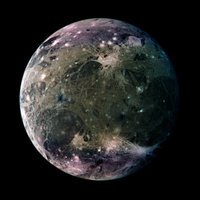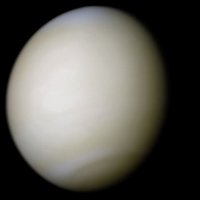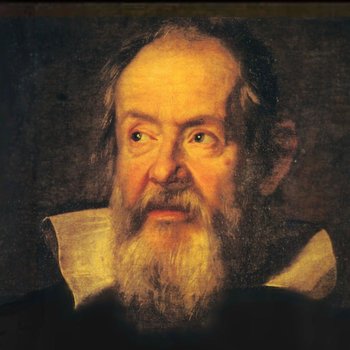wyee
![]()
Points: 1150
Observations: 8
Kudos: 1
| Name | |
| Location | Mid-Hudson Valley, NY |
| Timezone | US/Eastern |
| Latitude | 42.0 |
| Longitude | 71.0 |
| Altitude | 300m |
President, Mid-Hudson Astronomical Association | |
Jason 304 T 60 mm f/10
50 points
See notes for Jupiter.
With the Aid of an Ephemeris, I was able to Determine that the Medician Star to the West was Ganymede. Being Brighter than the others, that may have been why it was the Only one Visible in the Pollution of Light that was Present.
Jason 304 T 60 mm f/10
100 points
21:00 Turning the Telescop on the Crescent Moon produced a most Astonishing Apparition. The Moon filled the entire Field of View almost exactly. The Dark Aspect of the Moon was clearly visible, and the Markings thereon were clearly the Same as seen when the Moon is Full. Turning my Attention to the Bright Aspect of the Moon I was struck – Almighty God Preserve Us All !! – by the Incredible Variety of Structures visible on the Surface of the Moon! Round Saucer-like Depressions ringed by Elevated Ridges and of Infinite Variety of Sizes were Scattered all over the Surface. Mountain Ranges and Lines of Indeterminant Structure were seen, along with the Dark and Smooth areas known as Mare (except where Marked by some of the more Isolated Structures just mentioned) produced a varied terrain. The Structures present on the Mare clearly indicate that the Mare are not, in fact Seas, but are Broad Flat Plains, not Unlike some on Earth. All this Variety indicates that the Surface of the Moon is Not Smooth, and hence the Moon is Not a Perfect Sphere, again Contrary to the Teachings of Natural Philosophy.
Note: An Additional Handicap that I imposed on myself was to Mount the Telescop on a Simple Tripod, with an Improvised Mounting System that was quite Unstable and required Considerable Effort to Guess where the Instrument would be Pointed once I removed my Hands from it.
Jason 304 T 60 mm f/10
100 points
GALILEO PROVOCARE, or An Attempt to Replicate the Findings of the Heretical Natural Philosopher on the Twenty-fourth and Twenty-fifth of March in the Year of Our Lord Two Thousand and Fifteen
This was my first object of observation of the evening, chosen as it was low in the West, and would soon disappear behind the trees surrounding the observing site. It appeared to be of a somewhat yellowish hue, and possessed a somewhat flattened aspect on the side to the east, away from the setted sun. This was only one observation, and several more would be needed to confirm Sr. Galileo’s contention the Venus hath phases like the moon, it must be said that this single apparition gave me pause, as it did resemble the gibbous moon in shape. Most significantly, it was not a perfect sphere. This was the first indication that our knowledge of the heavens does not match what we can see through the instruments of the Dutch lens makers.
Note: An Esteemed Colleague on the site Noctes Nubia, hath issued a Challenge to confirm the findings of Galileo Galilei of Padua. I undertook to accept this Challenge, with the Additional Constraints of 1) completing all the observations in a single night, and 2) using an instrument close to that used by Signor Galileo, rather than the Finer Instruments available to me. Thus I Attempted to make these Observations with a Jason 304-T Telescop, with a 60 mm Primary Lens and a Length of 600 mm. It is still a Superior Instrument to that used by Sr. Galileo; It Must be–it says 200X on the side. I was unable to find its Associated Collection of Eyelenses, but did locate a “18 mm Erecting Eyepiece 14X Micro Scope” which Seemeth to work, though it Requireth the Focuser to be wound all the way out to achieve a Semblance of focus. My Computation Suggests this gives a Magnification of 33X.
I began my Observations at the Smolen Observatory on the Grounds of Universitas Novum Pfalts de Novo Eboracum.
| Instrument | Observations |
| Naked eye | 0 |
| 13.1 Teeter Dob, re-figured Galaxy mirror | 0 |
| Celestron NexStar 8 | 0 |
| Meade 80 mm ED f/6 | 0 |
| Jason 304 T 60 mm f/10 | 4 |




